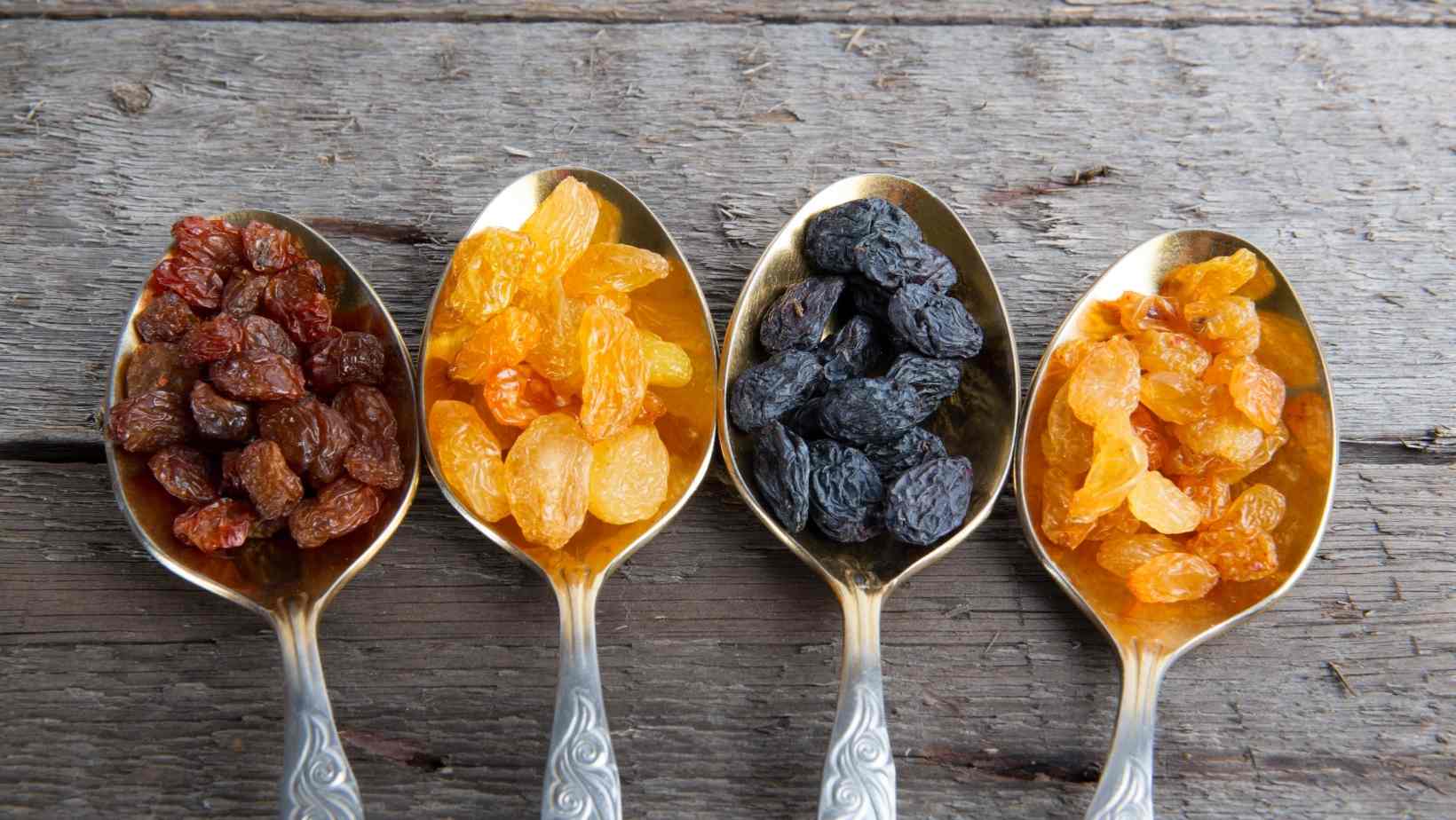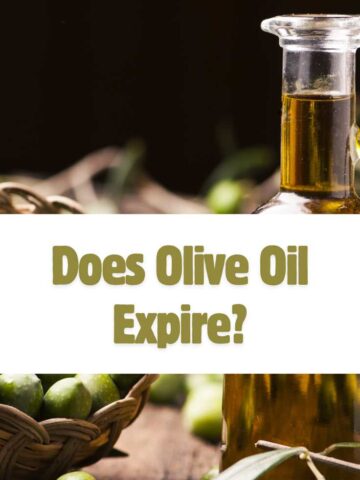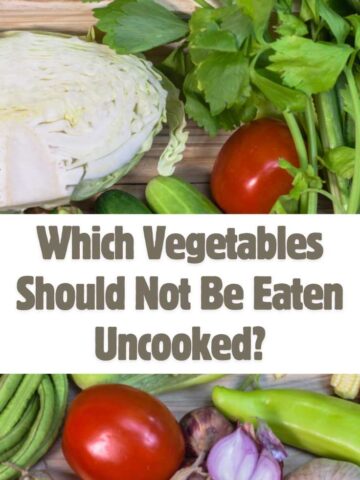Simple carbohydrate glucose provides over 70% of the energy required by organisms throughout the course of their lives. In addition, it is essential for the production of proteins, nucleic acids, and lipids, among other things. In other words, glucose is a chemical that is required and crucial for the survival of our bodies. We experience hunger, general weakness, tiredness, dizziness, confusion, and other symptoms if there is not enough glucose in the blood - hypoglycemia. However, we must keep in mind that there is a negative side to the coin and that excessive glucose intake, in particular, may lead to hyperglycemia, which increases the risk of obesity, type 2 diabetes, cardiovascular disease, and cancer.
It's crucial to note that this page focuses on foods rich in free glucose, however, some individuals are really seeking foods high in starch when searching for foods high in glucose, which makes this article even more relevant.

It is possible for foods heavy in starch and oligosaccharides like lactose to be converted into glucose since these foods are composed mostly of glucose and other single sugar items such as galactose. Starches such as corn, rice, and potatoes are abundant. Lactose may be found in large quantities in dairy products such as yogurt, butter, and milk. As a result, having a tiny quantity of free glucose does not rule out the possibility of developing hyperglycemia.
Jump to:
1. Honey
Honey is a high-calorie foodstuff that is heavy in carbs and is often used as a sugar alternative in cooking. The primary carbohydrates in honey are glucose and fructose, the quantity of which varies depending on the kind of honey. Honey has very no fats or proteins, and the amount of vitamins and minerals it contains is insignificant. Honey has been utilized as a potent antibacterial, anti-inflammatory, immunomodulating, regenerative, and analgesic agent since the dawn of time, and it continues to be used today. That, however, only applies to the natural honey available on the market. It's important to note that honey has the potential to become a severe allergy.
2. Dried fruit
Aside from being heavy in sugar and calories, dried fruits are also high in fiber. The number of carbs in fruit varies depending on the kind of fruit, the type of drying method, and the amount of added sugar used. Dried fruits are a treasure trove of vitamins and minerals, including Vitamin A and potassium, which both help to maintain our vision and contribute to the proper functioning of the heart, and are particularly high in fiber. They also include a lot of fiber, which is beneficial for digestion. The dried fruits that have not been sweetened are the most valued.
3. Raisin
Raisins are a kind of dried fruit that is produced by drying grapes. They contain much more useful components than fresh fruits. It is a source of glucose and fructose - fast calories – and as such, it is popular among athletes who need to restore their energy as quickly as possible. It also has a high concentration of vitamins, minerals, and fiber.

4. Prune
Prune is another sort of dried fruit that is available. It also contains a lot of glucose and fructose. Prune has a high concentration of vitamins and minerals, particularly potassium and vitamin K, each of which plays a critical role in the health of the cardiovascular system. Because of the large quantity of fiber in prune, it is often used as a laxative.
5. Dates
Date palm is a high-calorie snack with a lot of fiber. For a lengthy period of time, ancient sages and Arabian warriors subsisted only on their consumption. They are also very rich in fiber, vitamins, and minerals, and are commonly employed in the field of dietology as a result.
6. Barbecue sauce
The barbeque sauce includes free glucose and has a calorie count in the middle of the range. Because of the high sodium level in the sauce, we feel it is necessary to notify you.
7. Agave nectar
Agave nectar is increasingly being recognized as a natural sugar alternative, and it is becoming more popular among those who advocate for a healthy diet. However, it is not so easy; agava nectar, although having a low glycemic index, may be hazardous to one's health. Due to the high fructose content, it has the potential to cause insulin resistance, metabolic disorders, type 2 diabetes, and cardiovascular disease if consumed in excess. Agava nectar has very few minerals, but it is high in vitamins, notably Vitamin C, making it a nutritious beverage.

8. Jackfruit
Jackfruit is also high in free glucose as well as vitamins, including Vitamins C and B6, and is a good source of fiber. When it comes to minerals, jackfruit is particularly high in potassium and calcium.
9. Balsamic vinegar
In comparison to the other items on our list, balsamic vinegar has less glucose. Vitamins and minerals are in little supply in this dish, and the overall nutritional value is low.
10. Banana
Due to the fact that the amount of sugars and glycemic index of bananas varies depending on their maturity, diabetics should avoid eating them when they are overripe. Bananas are rich in potassium, which is necessary for the proper function of the heart muscle. Bananas are ranked higher than 92 percent of all foods.




